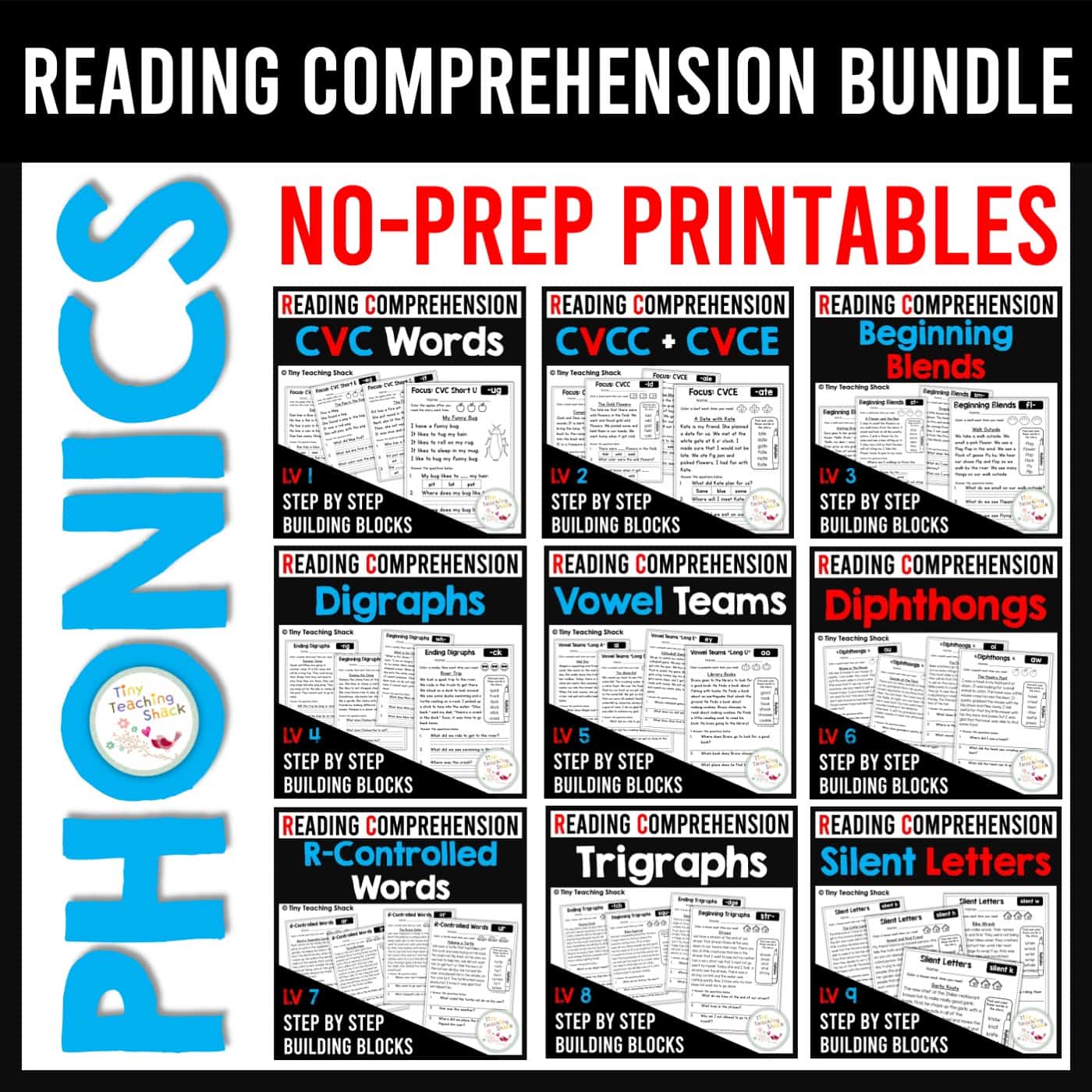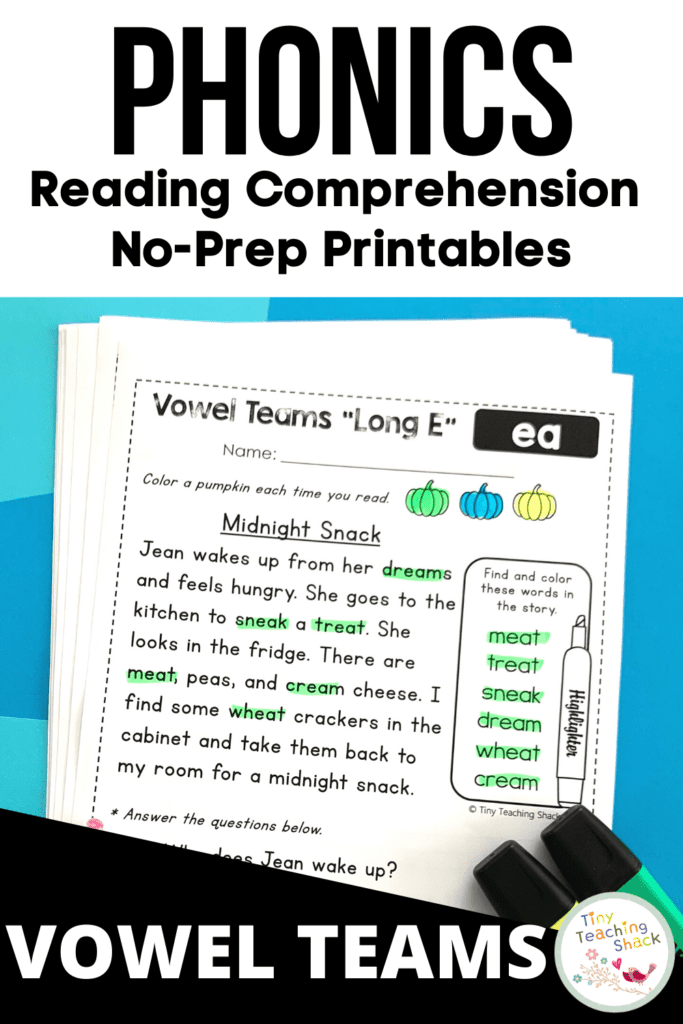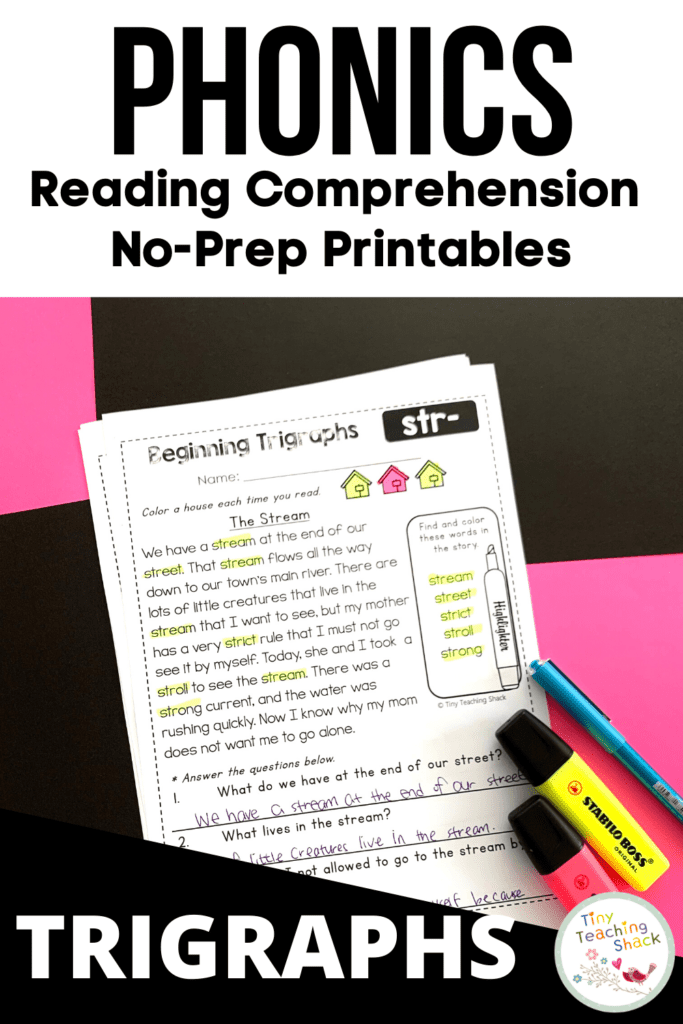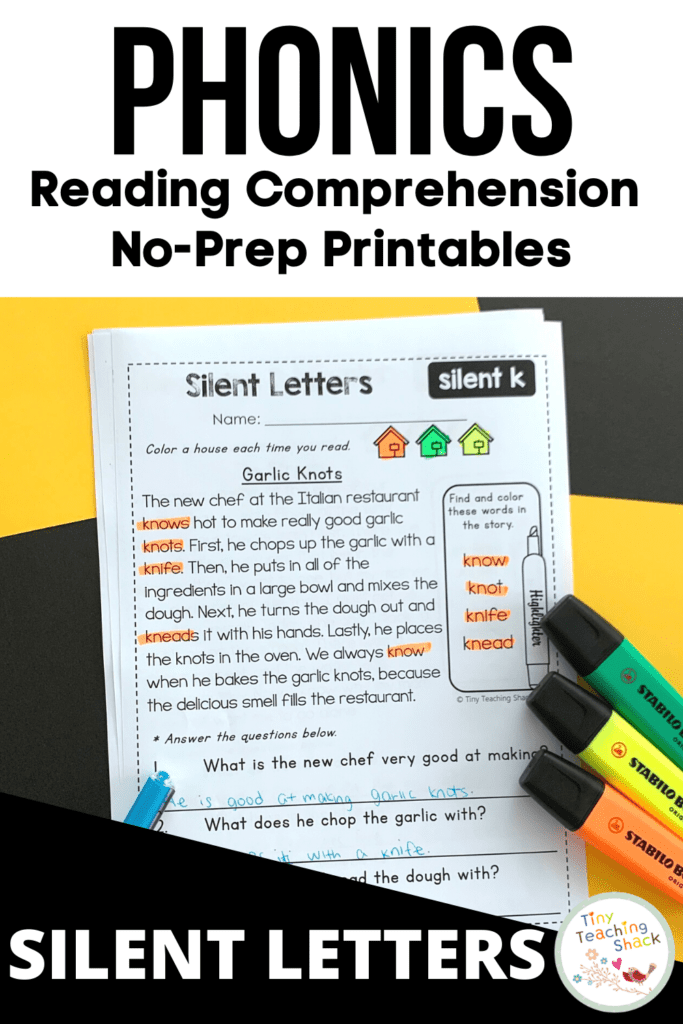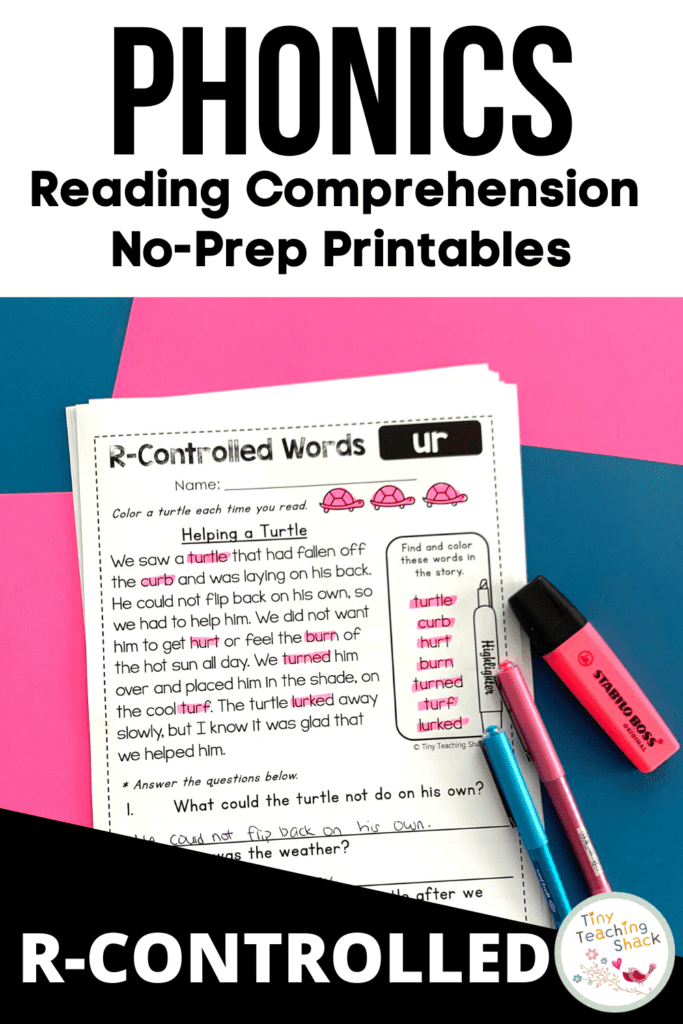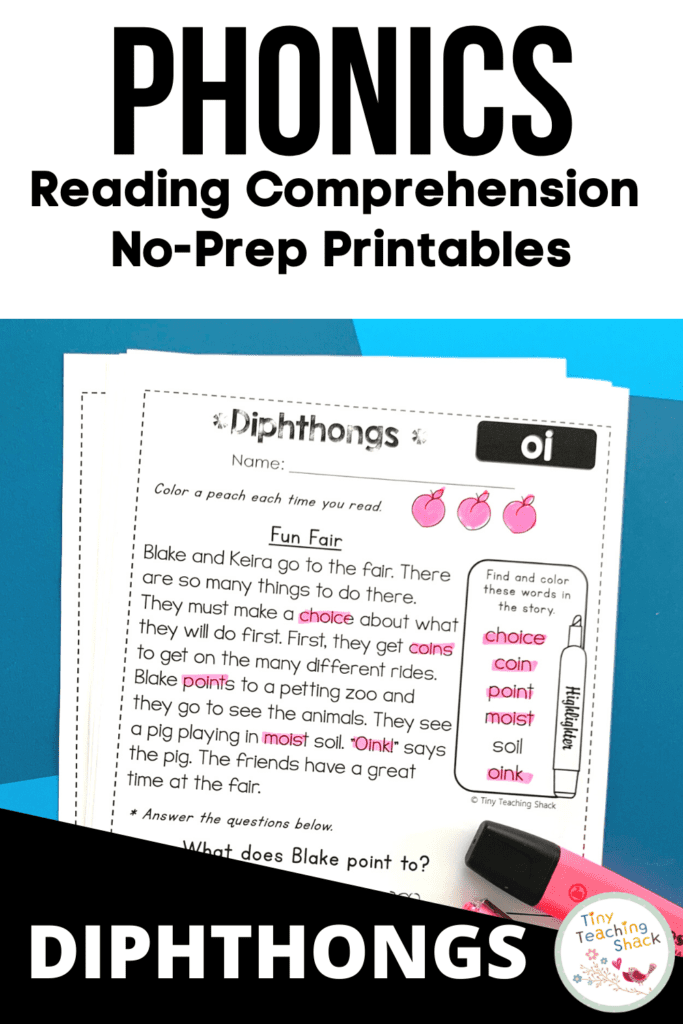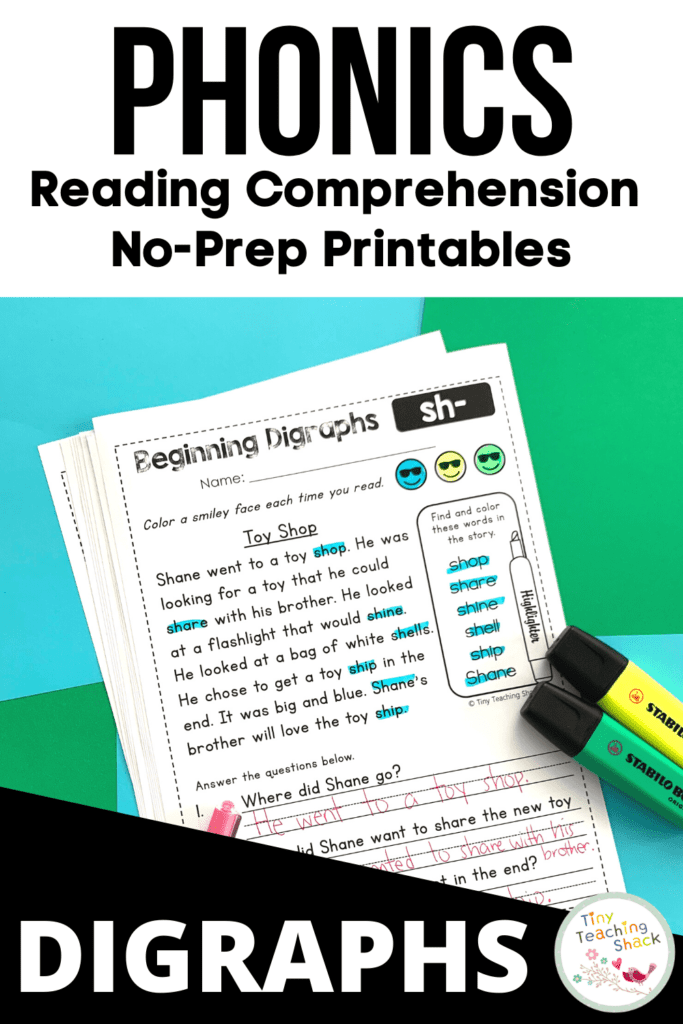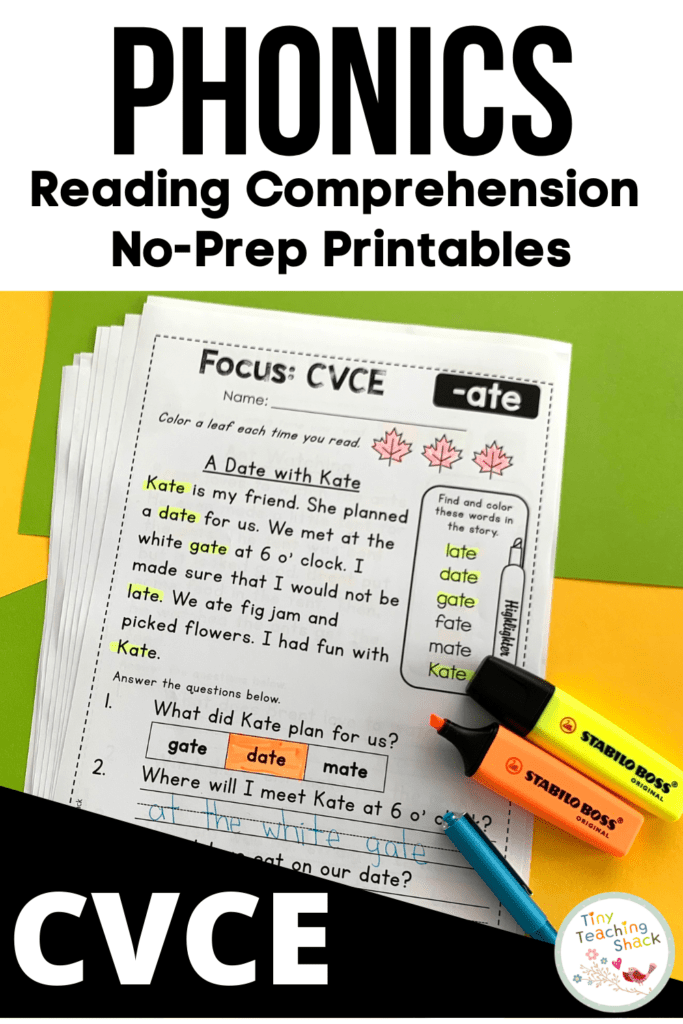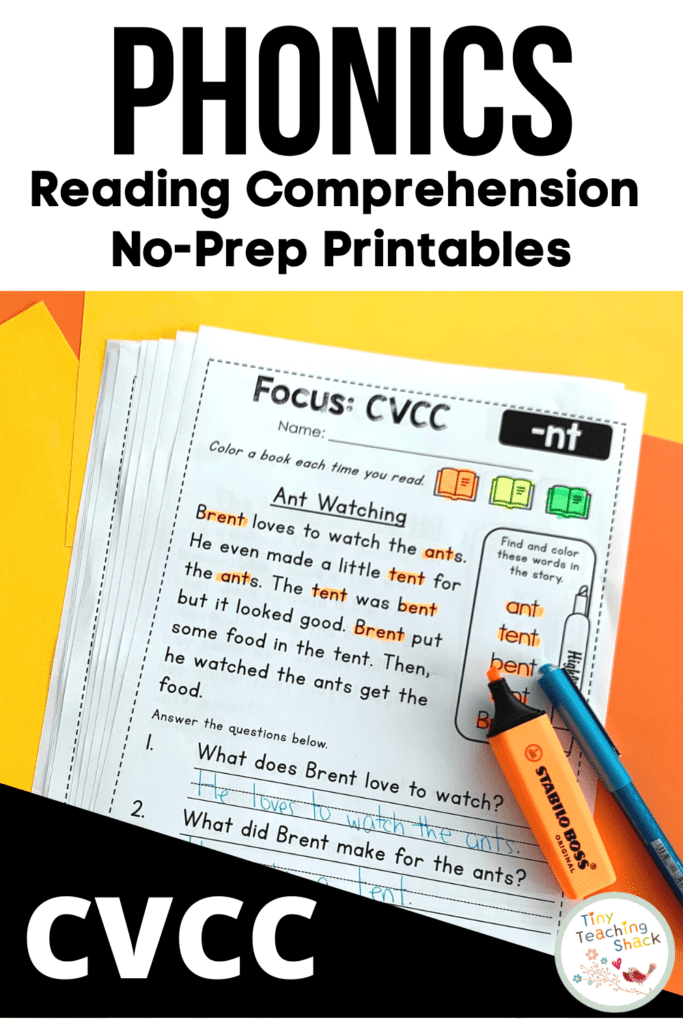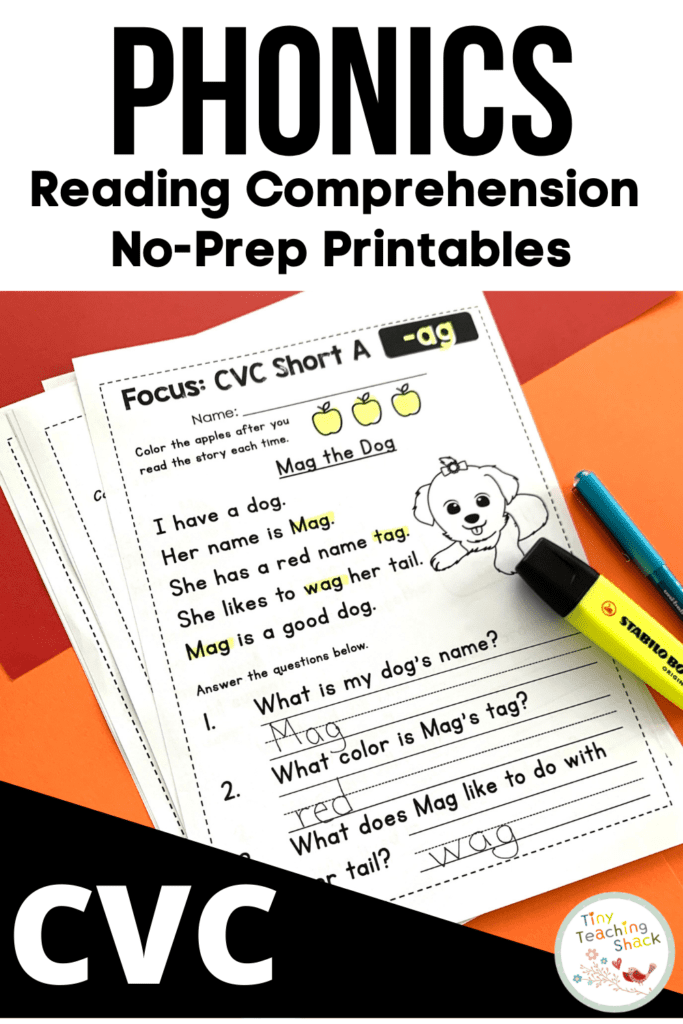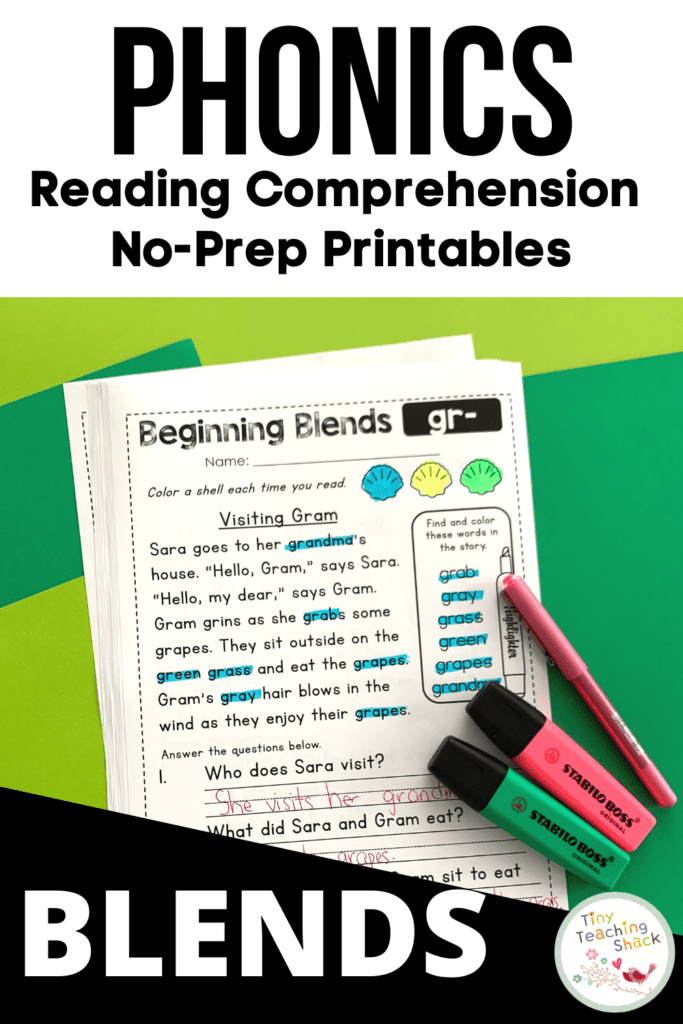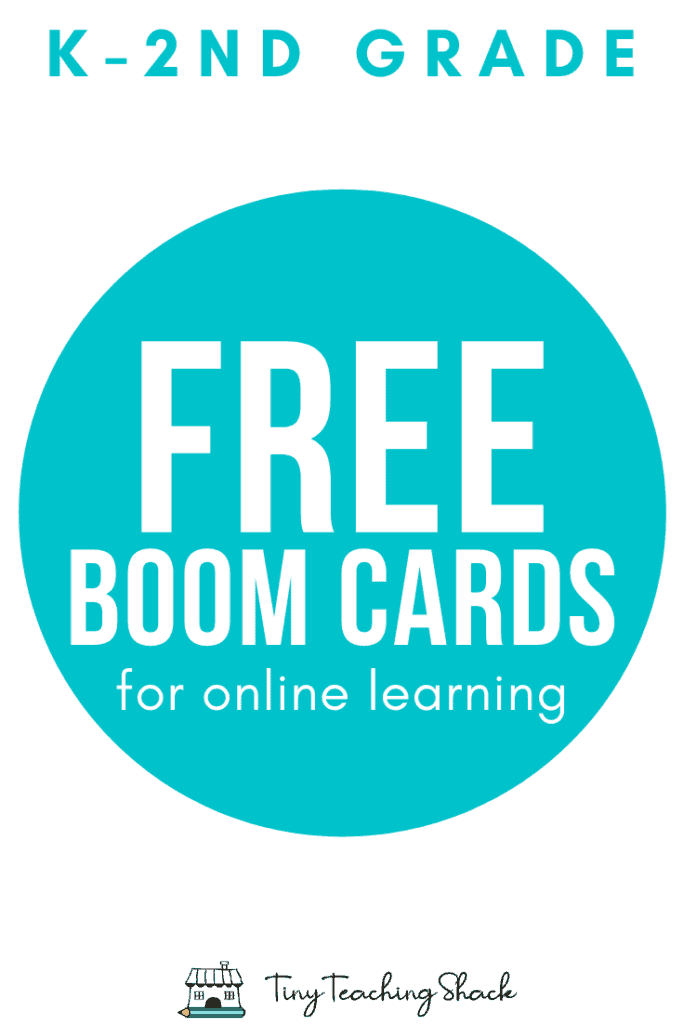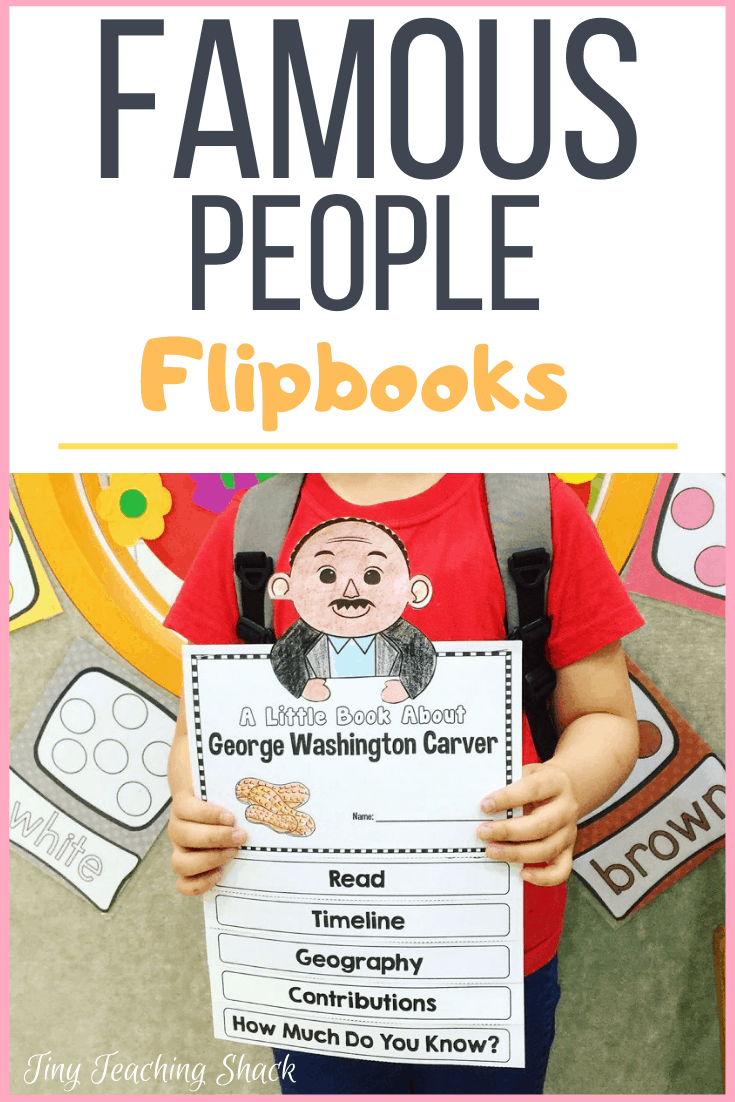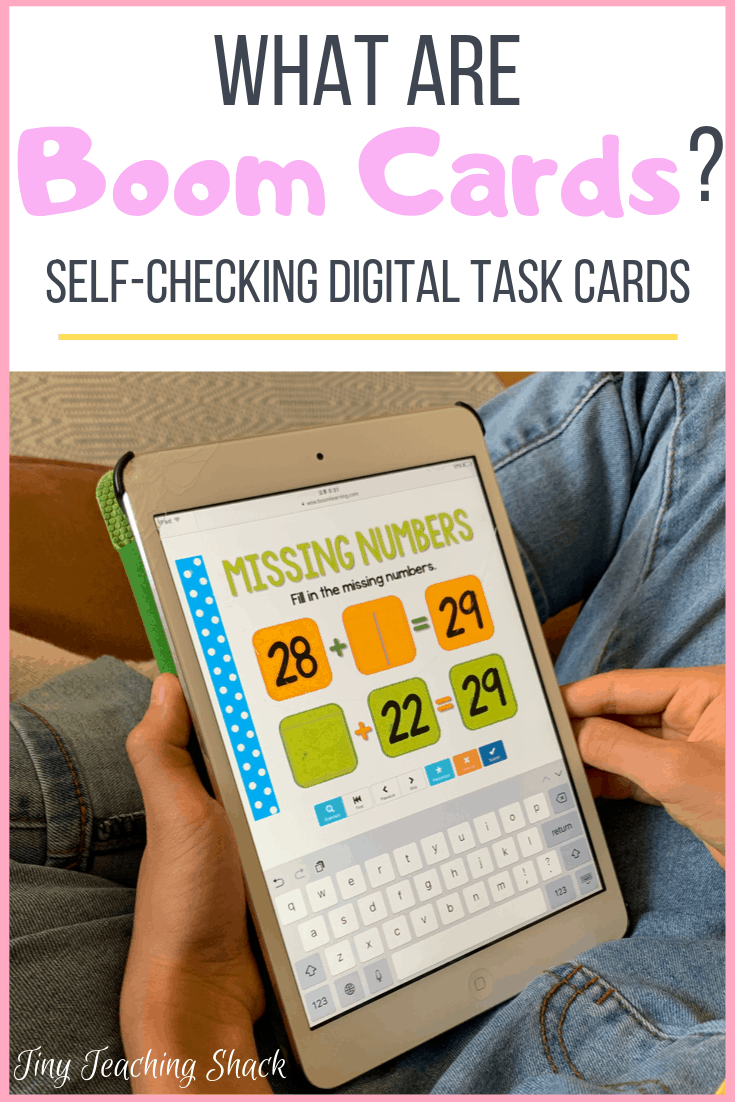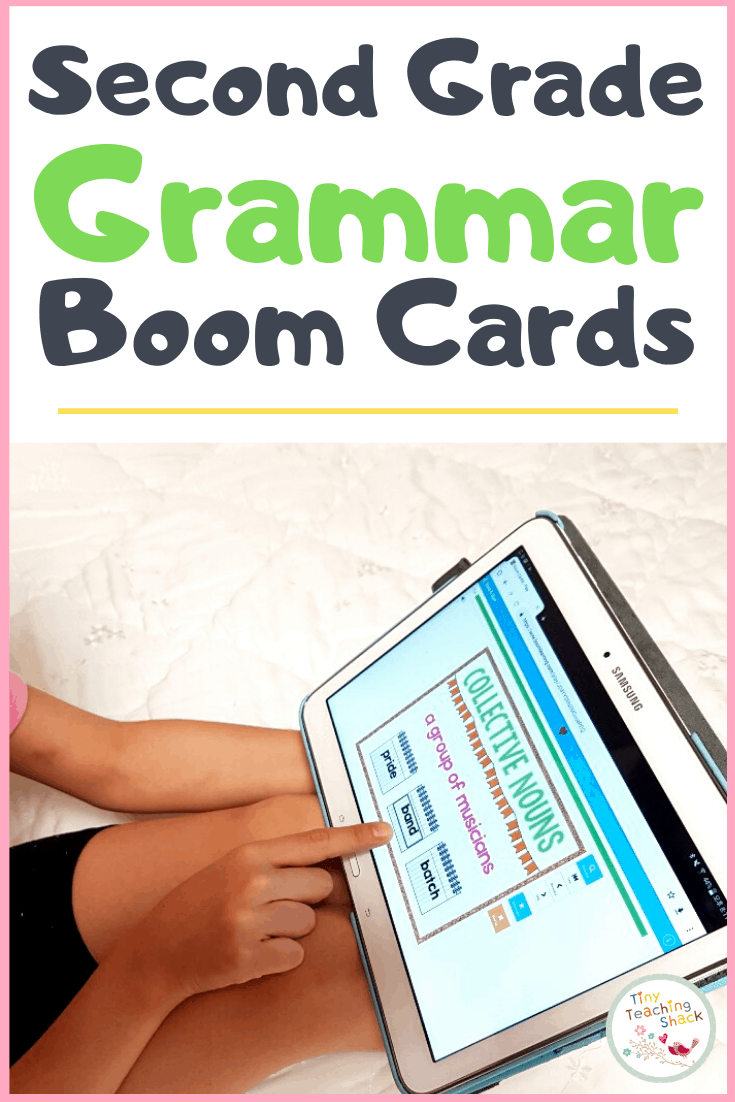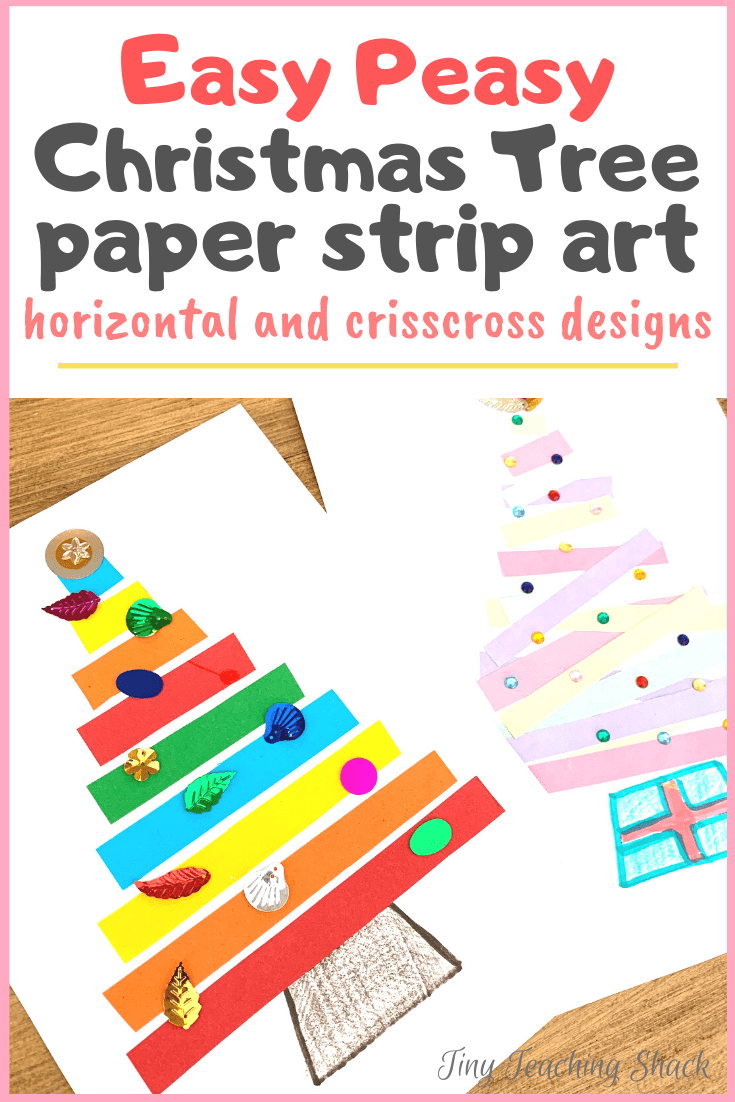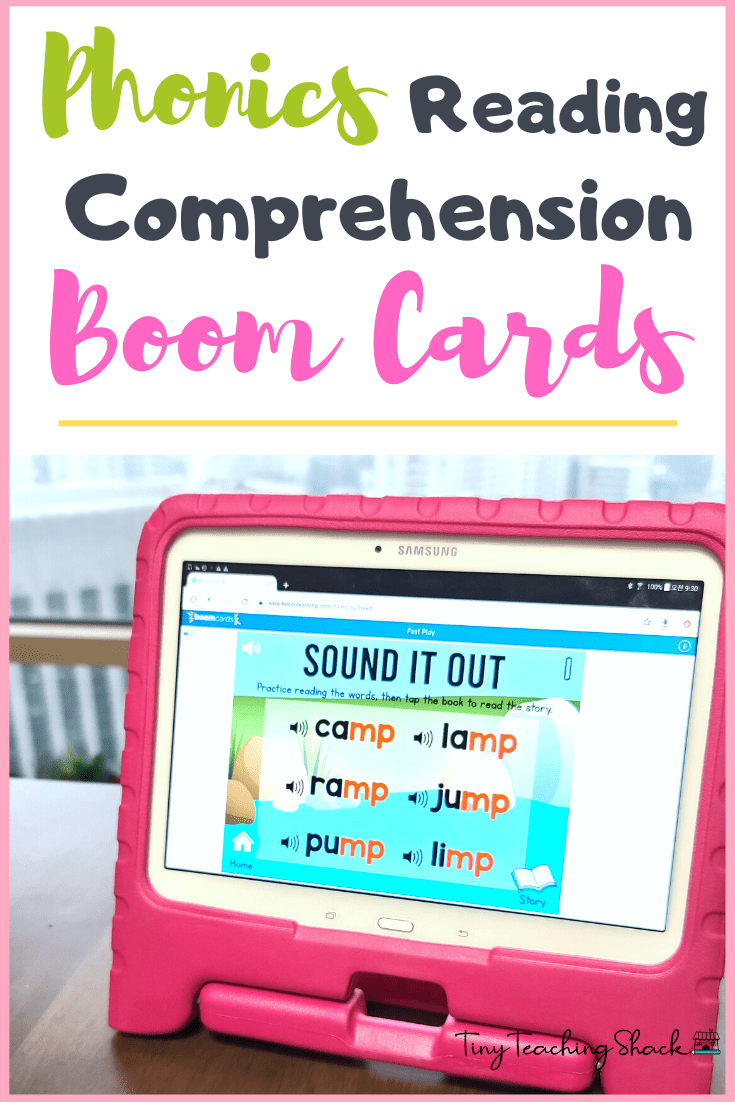
Boom Cards have taken a lot of classrooms by storm, and I think they have found a permanent place in my heart as well! They first came onto the scene when virtual learning had to be implemented in many (if not all) districts because of the pandemic. Teachers were searching for any way to make learning fun and easy for students while they were stuck at home.
There are so many amazing Boom Cards available, it may be hard to pick which ones to use. Teachers have found practicing and reinforcing math skills, and practicing phonics and focus sounds are some of their favorite uses. Phonics Boom Cards are definitely my favorite!
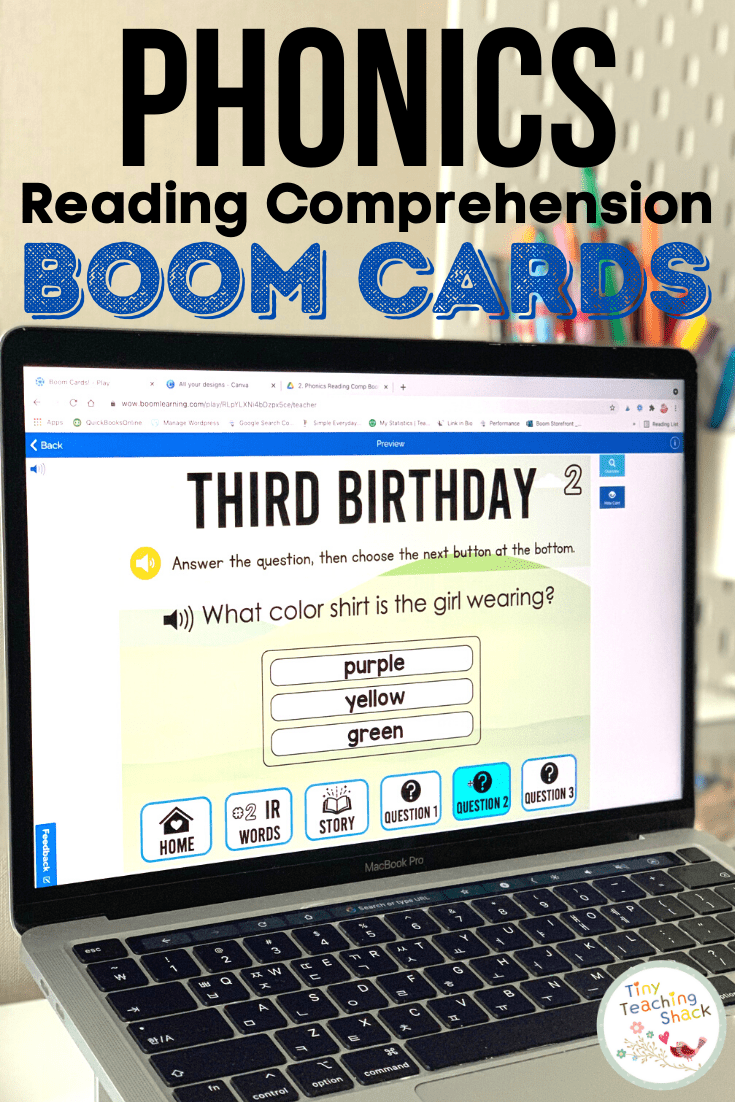
What Are Boom Cards?
Boom Cards are pretty much task cards, but on a whole different level. They are interactive, self-checking and digital, meaning they can be done inside or outside the classroom. There are tons of outstanding videos that introduce Boom Cards, but this one is my favorite.
Now, if you have never heard of Boom Cards and want to develop your own set or use them in your classroom, I suggest learning a little about how they work and what you can use them for. This video is a great Boom Cards tutorial that teaches you everything you need to know to get started.
Boom Card Library
I have a FREE Boom Cards library available to my email subscribers, and it is A-MAZ-ING! It is a great resource to help you get your foot in the Boom Card door.
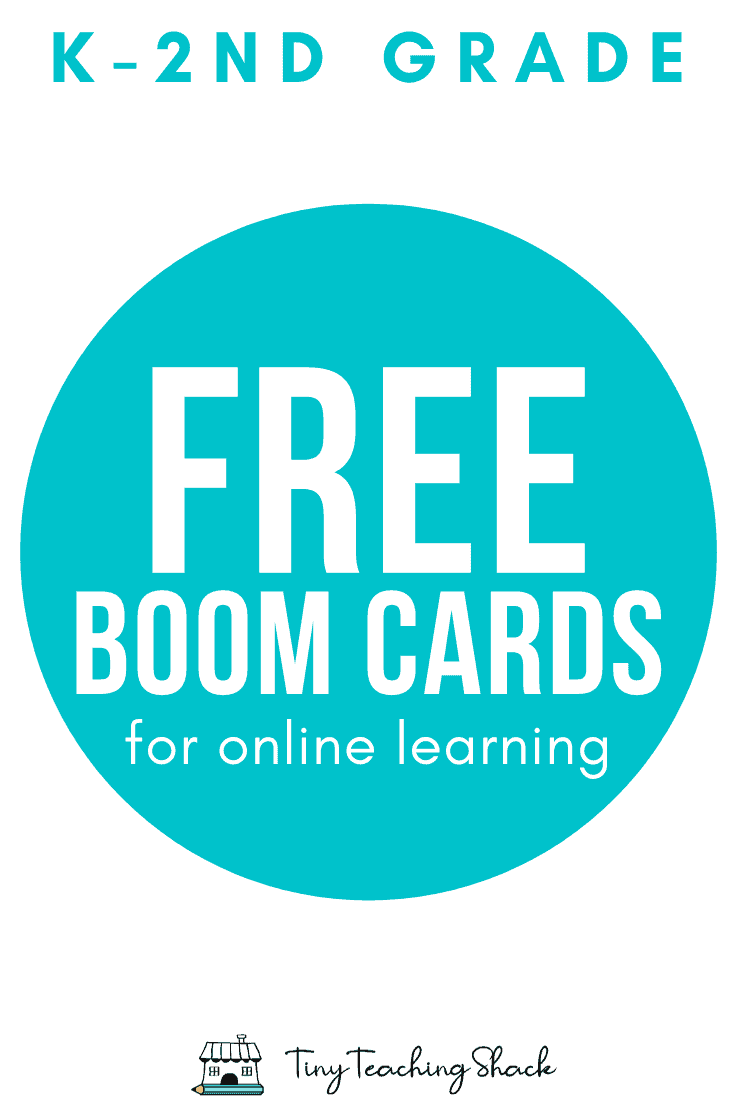
Phonic Boom Cards
We can use Boom Cards for any subject area. However, teachers have found they love using them for reading practice. Lower elementary teachers have really started to develop and use Boom Cards to help students learn many phonics skills.

Phonics Boom Cards Comprehension Bundle
Phonics lends itself to so many fun interactive practice opportunities. As a result, I have created a Phonics Reading Comprehension Bundle using Boom Cards that covers all the phonics skills your K,1,2 students will need!
This growing bundle is perfect for focusing on specific sounds whilst increasing fluency. The passages use developmentally appropriate sight words and vocabulary to help build students’ fluency. Finally, text-based questions follow each passage to check comprehension.
I divided this bundle into six sets, where students will use the prior knowledge gained and practiced from the previous set to build onto the next set.
The focus sounds included in the Phonics Reading Comprehension Bundle are:
- CVC
- CVCC
- CVCE
- Beginning Blend
- Digraphs
- Vowel Teams
- Diphthongs
- R-Controlled Words
- Trigraphs
- Silent Letter
Reading Comprehension Focus Sound Individuals
A resource where students practice fluency, reading comprehension, sight words, and focus sounds all in the same passage is normally hard to find. These individual packs do just that though. If you are working on a specific focus sound and you have a couple of kiddos who just need a little more engaging practice, then these individual Boom Cards packs may be for you.
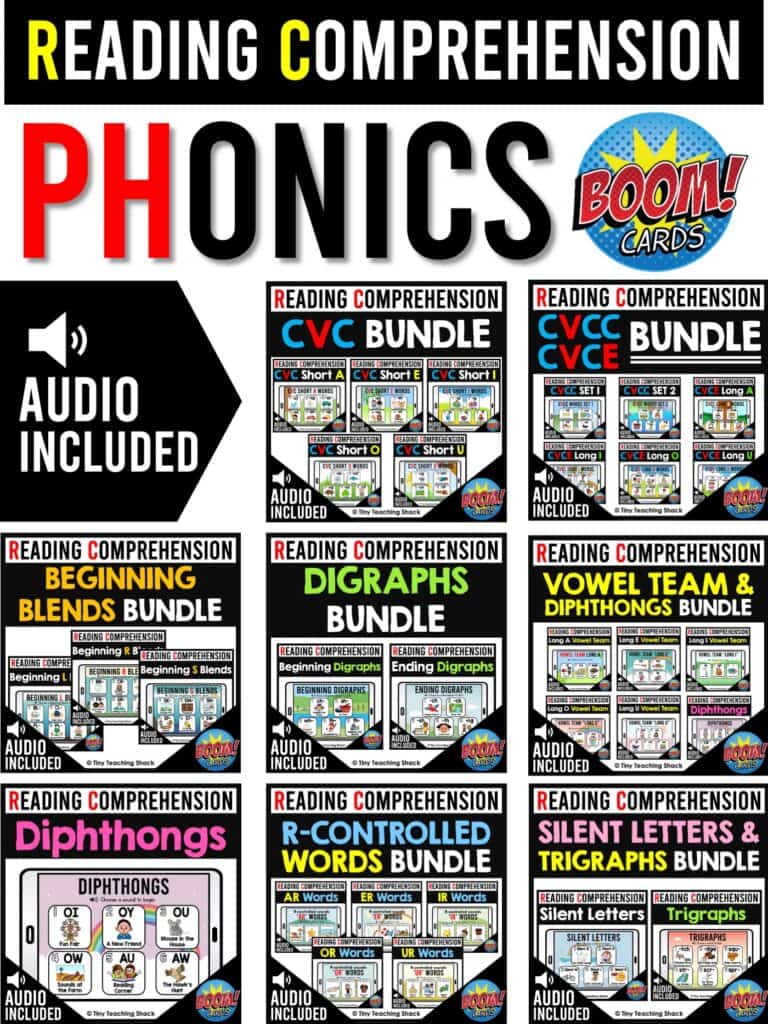
The individual packs are available in many focus sounds, including:
- CVC–
-at, -ag, -an, -ad, -am, -ap -ed, -en, -eg,
-et -id, -ig, -in, -ip, -it -ob, -od, -og, -op,
-ot -ug, -um, -un, -ut - CVCC–
-ld, -nd, -nk, -nt, -mp, -st, -ll, -ss, -ng - CVCE–
long a (-ake, -ave, -ale, -ame, -ate)
long i (-ice, -ide, -ike, -ine, -ire)
long o (-oke, -ole, -one, -ope, -ore, -ose)
long u (oo sound and yoo sound) - Beginning Blends–
L Blends: bl, cl, gl, fl, pl, sl
R Blends: br, cr, dr, fr, gr, tr
S Blends: sk, sm, sn, sp, st, sh - Digraphs–
beginning digraphs: ch-, sh-, wh-, th- (soft), th- (hard)
ending digraphs: -ch, -ck, -sh, -th, -ng - Vowel Teams–
long a: ai, ay, eigh
long e: ee, ea, ey, ie
long i: ie, igh, i
long o: oa, oe, ow
long u: ew, ue, ui, oo (short), oo (long) - Diphthongs–
oi, oy, ou, ow, au, aw - R-Controlled Words–
ar, er, ir, or, ur - Silent Letters–
silent l, m, b, k, w - Trigraphs–
-tch, -dge, squ-, str-, scr-, spr-
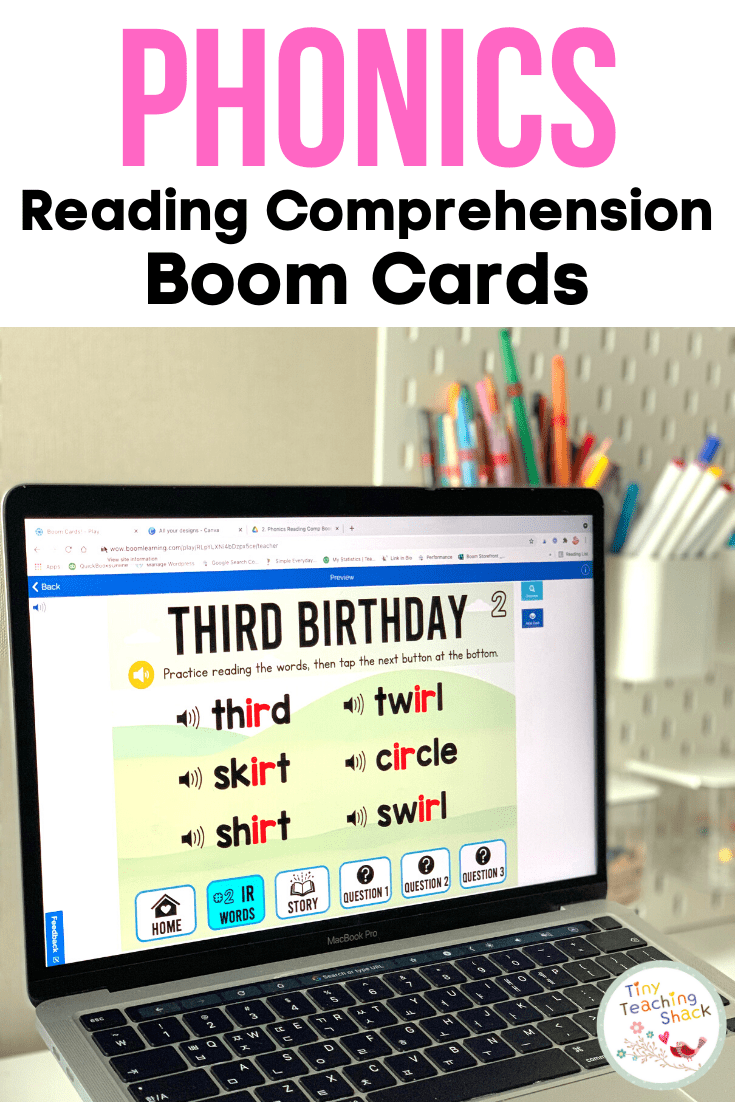
Digital or Printable Edition
Now, if Boom Cards are just not your thing, but you are loving the look of my Phonics Reading Comprehension Bundle, I suggest you look at the printable version. It includes all the same amazing features and focus sounds. The only difference is that it is printable instead of digital. This is perfect for small guided reading groups, or for extra practice for specific students.
Each passage is followed up by a set of text-based questions to check for comprehension. Most importantly, the passages are kept simple and sweet, using appropriate sight words and vocabulary to help build students’ fluency.
Grab These Resources
I love giving teachers different options to help students develop their phonics skills and reading comprehension. I’ll be crossing my fingers that one of these resources is right for your classroom!

